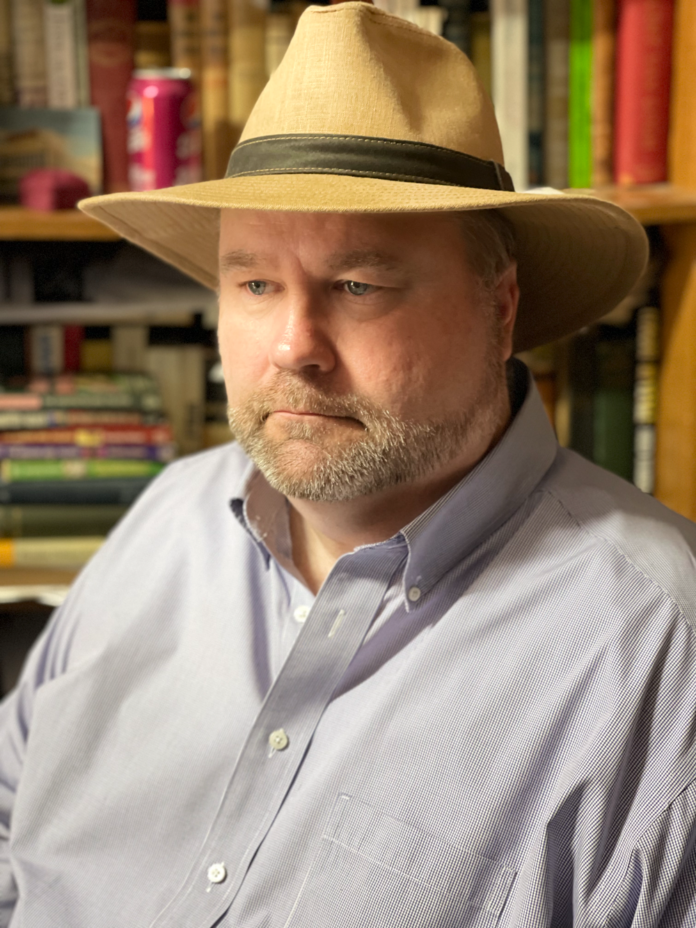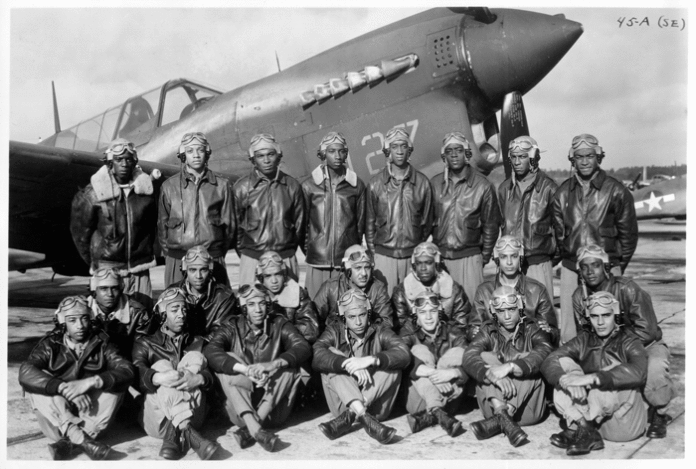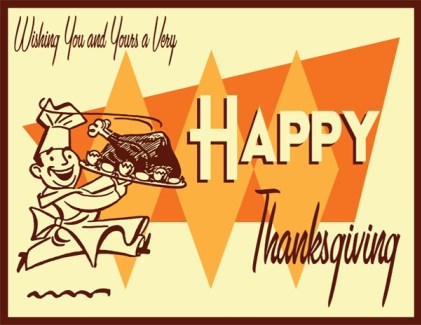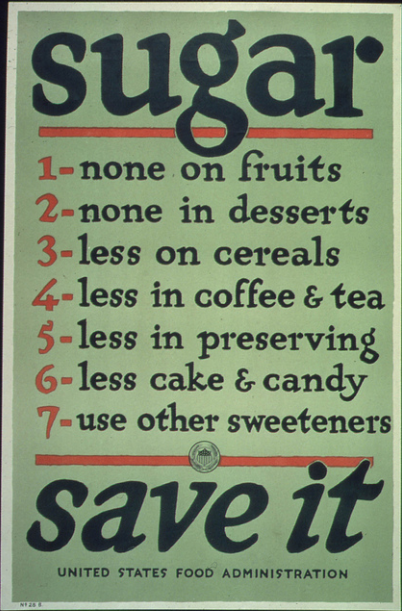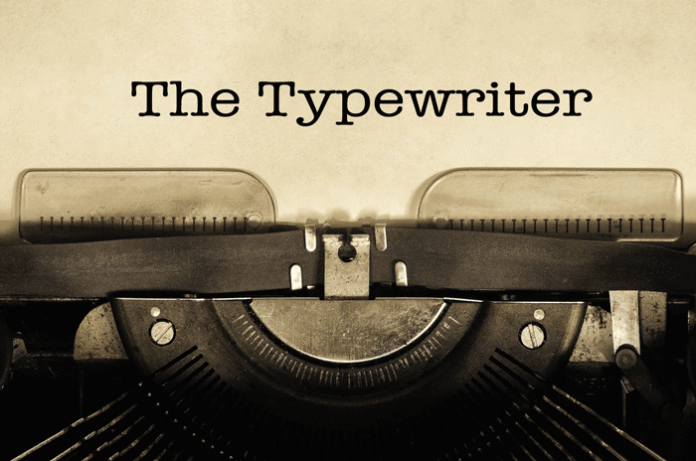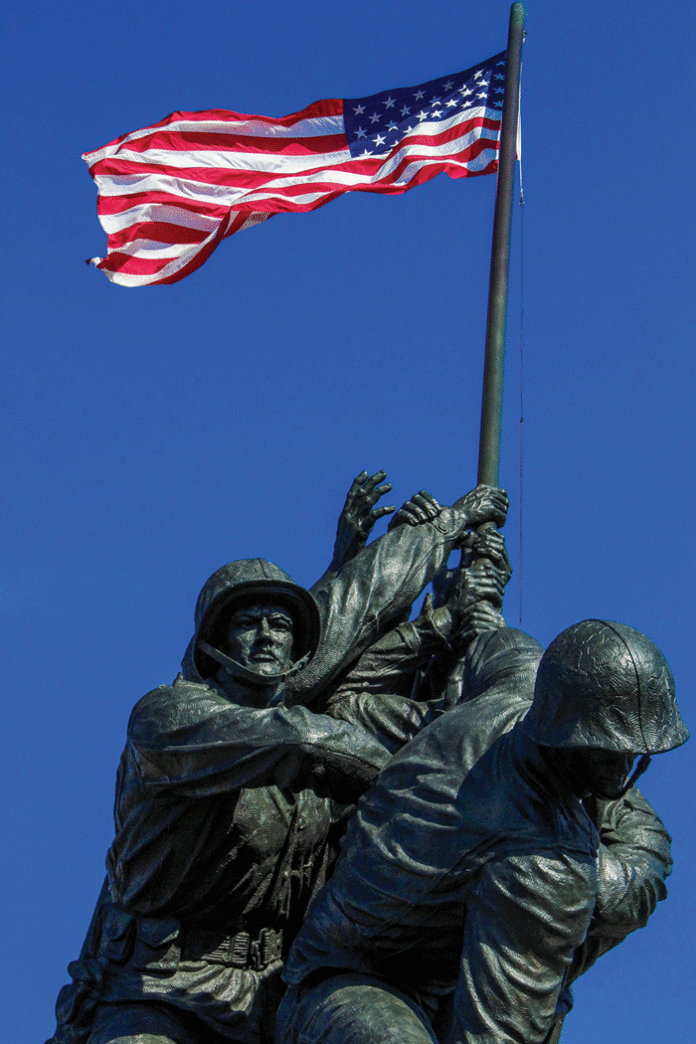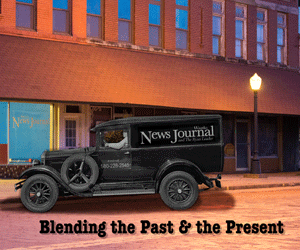This past week I received a surprise package from Jon Harris who lives in Berkeley, California.
Many of you know Jon was raised in the Irving community and is one the local historians who has recorded much of the history of Ryan, Irving and Jefferson County.
The package he sent me contains various books. Some of these I know Dennis Underwood will enjoy.
The one that caught my eye (it was also the one Jon suggested I read) was by James W. Loewen titled, Lies Across America: What our Historic Sites Get Wrong.
Although, I’m still in the early pages of this very well written, well argued text, it’s clear to me that we as human beings have grown complacent in our thinking.
In our quest to save time, much of the news and information we consume is scaled down to 30 second sound bites.
We are also cheating ourselves by taking everything we see and hear at face value.
In his book, Loewen illustrates with many examples how monuments and historic sites are often designated and or erected by people who have an agenda to protect or prejudice to perpetuate.
Sadly, many of the messages these historic sites convey are misleading or just factually wrong.
What’s even more surprising to Loewen is the number of visitors to these sites who never question the validity of the messages they are receiving.
I’m ashamed to confess that in times past, I have been one of those people.
By now, most have heard about confirmation bias. This occurs when people only read and consume information that reinforces their prejudices.
What’s even worse are those who will “make up sources” in order to confirm their arguments when debating a point of view.
So not only are we not questioning the facts that are given to us. We tend to make up our own to further our agenda.
I can’t count the number of times, someone has cited a source to validate their argument, then I learn later their so called source was either misunderstood or simply non-existent.

Many years ago, I was watching one of my favorite ministers online. During his very moving and well crafted sermon, he told a heart wrenching story about a young man who died tragically during the Oklahoma City Bombing. The story was very compelling and made an excellent point.
Being a student of history and having a curiosity about the Bombing itself, I did some research to find out more about this young man.
It didn’t take more than a few minutes of research to discover the entire story had been a fabrication. It made the rounds on social media before it was eventually debunked. The young man in question never even existed.
It was a valuable lesson for me.
I’d followed this minister for years and have little doubt he used the illustration in good faith, thinking it was true. However, in this case he had failed to do his homework. This is surprising considering this man has an earned PhD and was once a president of a prestigious Bible College.
This brings me to my point.
We all have biases and beliefs we hold on to dearly and will fight for till Jesus returns.
That being said, it would do us all good if we would simply learn to slow down. Absorb facts and information more thoroughly. Take time to do our own (unbiased) research to verify if what we are hearing and seeing is true.
Become a student again. Learn to read. Let your curiosity run wild. Start questioning things. Develop a true hunger for learning.
I think that’s why I enjoy reading. It challenges me on so many levels. When you read you have to slow down. You have to think. You have to question what is on the page. You have to examine your own biases. It makes you a deeper broader person.
So, thanks Jon. I appreciate the books. More importantly, I appreciate the lessons they are attempting to convey.








